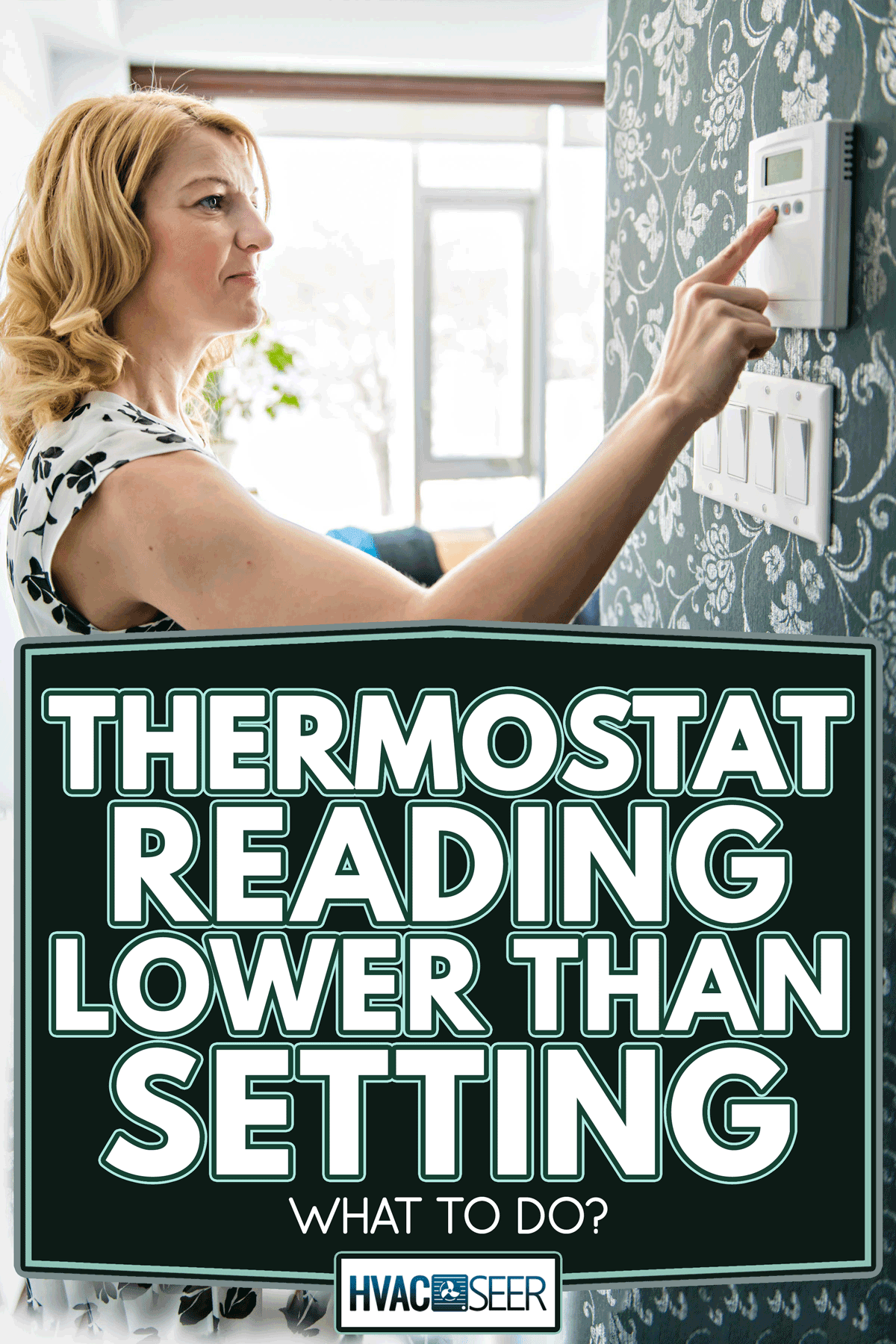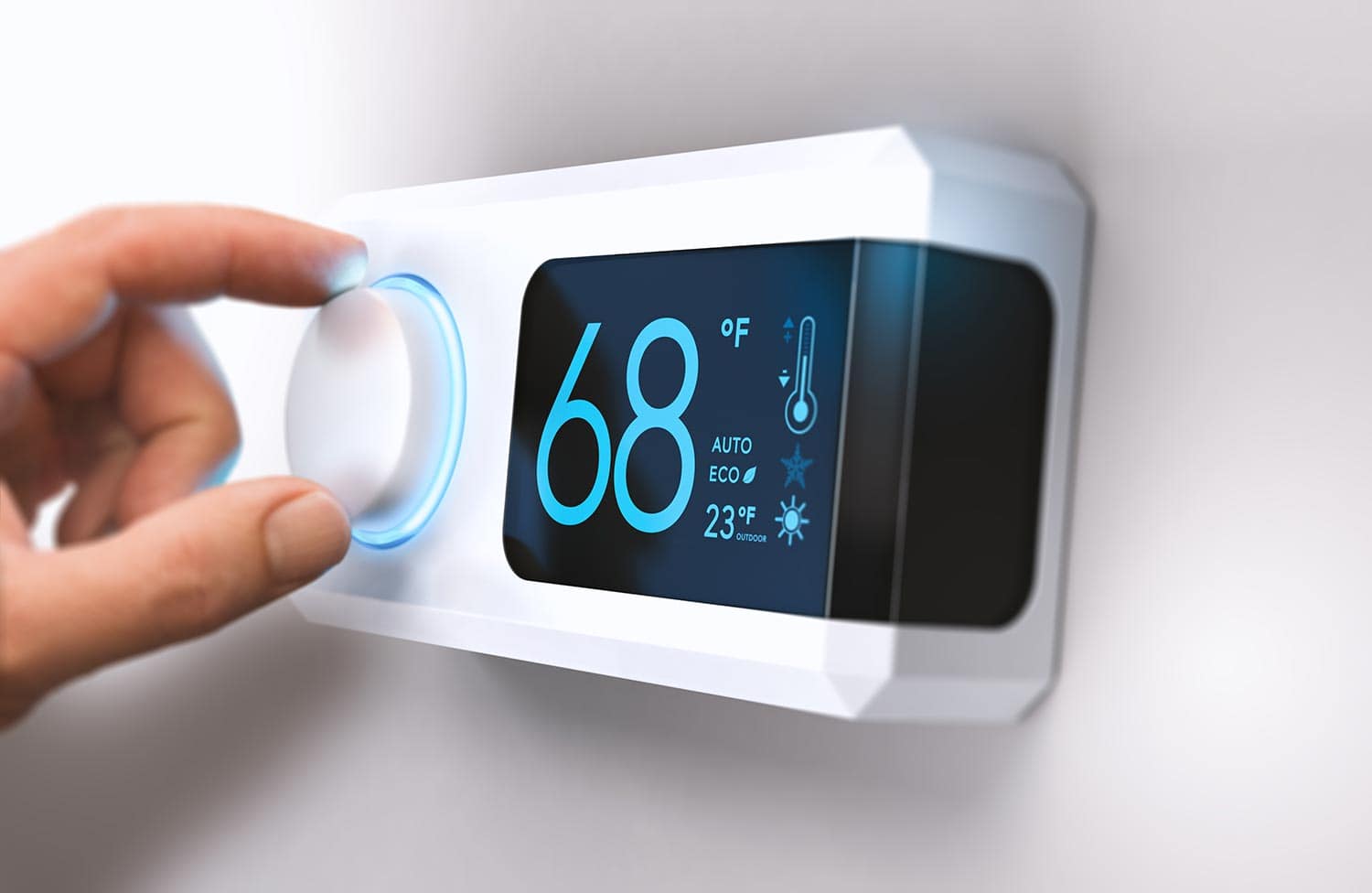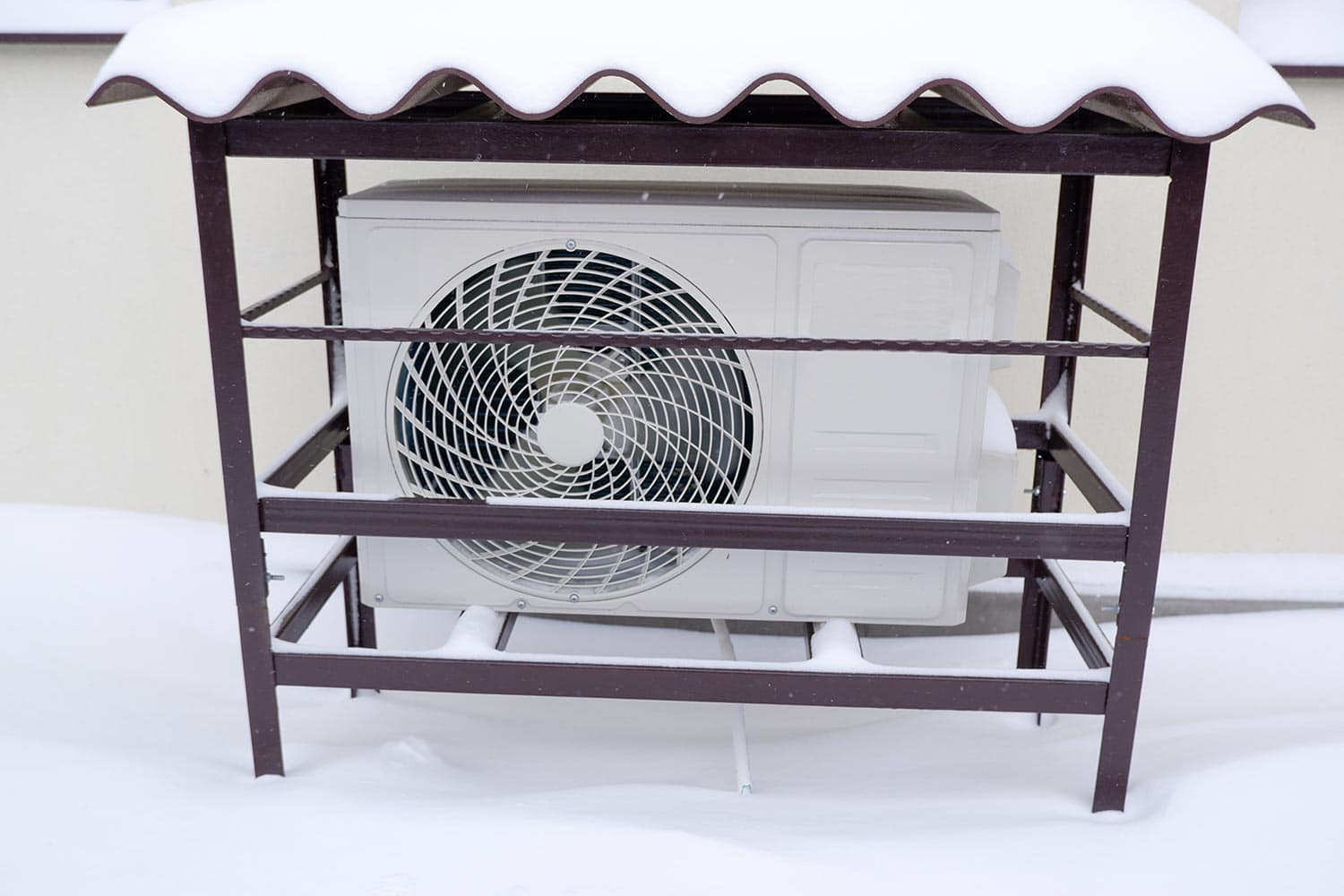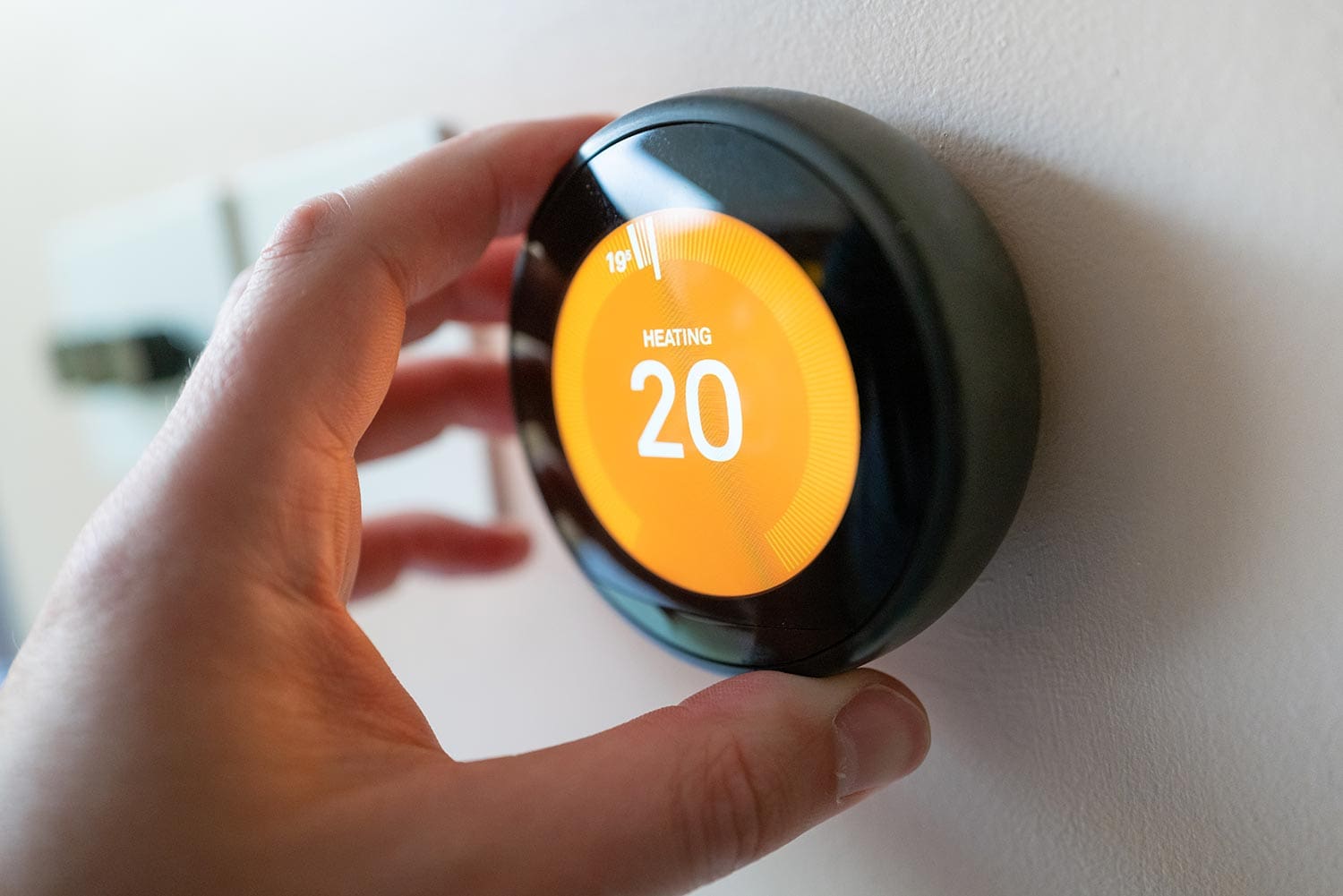You have set the thermostat to 63 degrees F, but the temperature is still hot. Does the thermostat frequently drop below the set temperature? This can be a frustrating problem when the thermostat does not match the thermostat's setting. We have looked for answers to this problem. Just hold on and keep on reading.
The thermostat regulates the amount of coolness and warmth in specific areas such as your room. So, we expect that the thermostat will control a reliable temperature that matches the setting.
One of the reasons the thermostat reading is lower than the setting is that it is not well calibrated. Possible technical glitches could indicate a higher or lower temperature than the setting.
There are possible reasons why the thermostat drops below the setting. Some problems will require you to seek your technician's expertise. In this post, we will look at the leading cause of the issue and explore probable solutions. Read on.

But first, Troubleshoot
There are things that you need to check first before you call your technician or specialist. Try these few tips to check if you can diagnose and solve the issue.
- Check if the thermostat is turned ON. There are battery-operated controllers and will occasionally die soon. Replace the batteries as soon as the thermostat does not turn ON.
- Check the furnace filter. If the filter is clogged, it will restrict the airflow. The furnace will try to reach the desired temperature, but warm air can't go out. By replacing the filter, you can solve this dilemma.
- Check the thermostat setting if it reads correctly.
If none of these fixes the issue, call your trusted specialist. These are some things that professionals look for when they have thermostat problems.
Reasons why your thermostat drops lower than the setting
Are you still wondering why the temperature does not reach the desired setting? Then, you are not alone.

Many homeowners are still dealing with the problem. While it's burning or freezing inside, it can be frustrating when the temperature on the control does not meet your expectations. Here are some reasons.
Improper calibration of the thermostat
Like any other product or technology, a thermostat may become defective as time goes by. Its ability to assess the temperature will be affected. Since it could be because of technical glitches, the thermostat could indicate a higher or lower setting than the actual temperature.
Follow the manual and ensure that the thermostat is accurately calibrated to fix this. Calibration varies between thermostat models, but it should function simply.
The thermostat is broken and needs replacement
You can no longer calibrate your thermostat once it's broken. You will know it's malfunctioning as the heater turns on and off inappropriately. It is a warning sign that the thermostat is broken when it is not responsive.
Once the thermostat is broken, a professional can fix the device depending on the severity of the problem. Otherwise, you need to replace it with a new model.
Too cold outside
Winter can be intensely cool when the temperature drops. Once the outside temperature drops, the heat pump will lose its efficiency.
Most heat pumps have a built-in heating system. It kicks more to give an extra power during the cold season. However, it is not that powerful once the outside temperature is too cold.
Covered with ice
Snow and ice are dominant during the cold season. The heat pump's coil might be covered with thick ice during a snowstorm. Once the coil is blocked, the heat transfer process of the refrigerant and the outside air will not be possible. As soon as the coils are cleaned, they will bring back your desired temperature.

Uninsulated home
The warm temperature has its way to outflow in a poorly insulated home. Check your home for proper insulation. That includes your walls, ceiling, and floors. It is a good sign if they are dry and warm during the cold season. If it is damp and cold, you need to insulate your home correctly.
Thermostat Gone Wrong
You won't go inside and escape the scorching heat outside, but your home says it's not the cool place you're looking for. Instead, your air conditioner runs, and your energy bill increases. You are left with too much sweat throughout summer.
Not level
While the new model thermostat uses a sensor, the old thermostat uses mechanical switches. Typically, in the form of a magnetic switch. As for the mercury switch, room temperature changes, the coil expands, and the glass bulb inside tilts. Depending on where the mercury is, it will either close or open the circuit which connects the positive and the negative leads in each tube.
For this, the thermostat should be leveled. So, check to see how close it is. If the thermostat is rounded, remove the cover and look for the leveling lines to confirm it is leveled.
It is actually for aesthetic purposes for a newer thermostat and won't affect its performance.
You may want to check this out on Amazon.
Thermostat position
You might want to move your thermostat, but its location is important. It should be in a house with ambient temperature. Keep away all the unnecessary parts that can distract the overall function of the unit.
If you think that the unit is in the wrong location, then it is time to relocate the thermostat.
Bad sensor
Thermostat reading lower than setting could be due to defective temperature sensor. However, this can be hard to troubleshoot aside from eradicating other conceivable issues or changing the thermostat to a new one.
You may want to clean any dirt and dust inside using a small brush or a pressurized air spray. If it does not work, the sensor may be damaged, and the thermostat should be replaced.
The Do's and Don'ts of Using Thermostat
Do's: The best way to use a thermostat
Turn on during specific hours
You are probably at work or outside the house during weekdays for some errands. If no one is left home, there is no point in wasting energy.
At night, you will lay in bed and won't roam around the house – so there is no point in using more energy to heat the house at night.
Set the thermostat appropriately to cut down your expenses.
Consider a programmable thermostat.

A regular thermostat is different from a smart or programmable thermostat. It is more convenient to use a programmable unit because you can change the setting when you get up from bed down to coming home from work.
Clean and maintain regularly.
When you clean your home, the thermostat is not something you might think about that needs to be cleaned. Cleaning is simple. Just take off its cover and use a pressurized air spray.
If you are not sure what to do, better contact your specialist.
Balance comfort and temperature.
While setting the thermostat, you can still make your room feels warm. In the winter, you can set it at the lowest temperature that you are comfortable with.

In summer, use fans to make you feel cool, and you won't have to set your thermostat to a higher temperature.
Although it is not always easy to balance comfort and energy savings, it's important to guarantee that you are safe, comfortable, and healthy. It is not smart to turn off the thermostat and spend cash on medicines because you got colds.
Don'ts: What you should not do with the thermostat
Heating by higher setting
Setting the thermostat to a higher setting is more consuming energy. It would be good to wait for the air conditioner or the furnace to heat or cool at a moderate temperature to save on expenses.
Frequently changing the settings
Constantly adjusting the thermostat will make the unit run inefficiently. Frequently changing the thermostat setting will result in the wear and tear of the unit.
Install in a very cold or very warm setting
Make sure to install the thermostat away from direct heat or sunlight. It should be 5 feet above the ground to ensure that the thermostat functions accurately.
In Closing
To check the issues of your thermostat, you need to diagnose it first yourself on what you can do. Then you may ask a professional if it needs a professional fixing.
We hope we have given you answers and helped you with those solutions in the abovementioned.
If you enjoy reading this article, you may also check these related posts:


